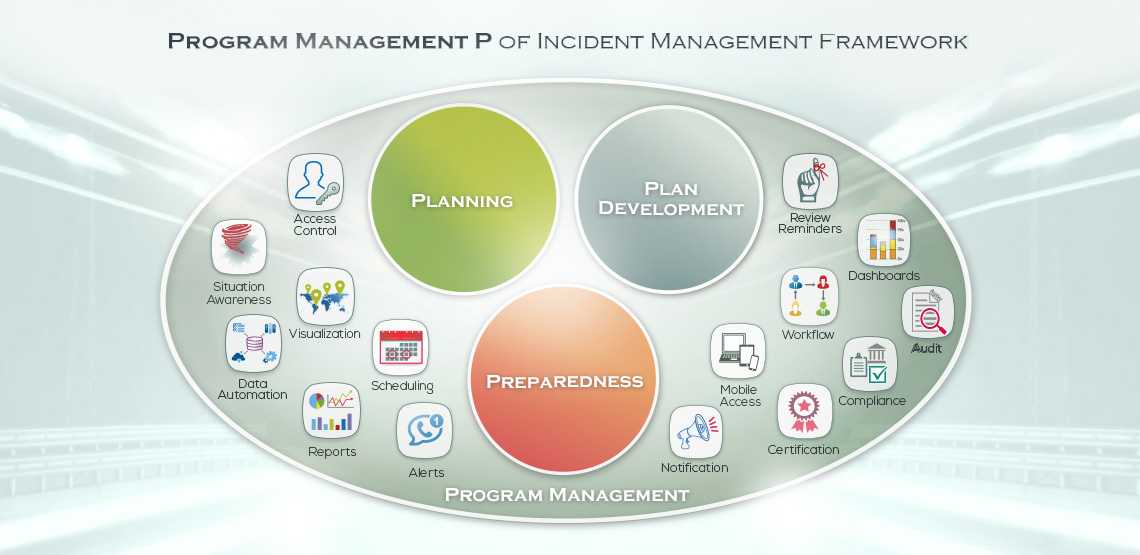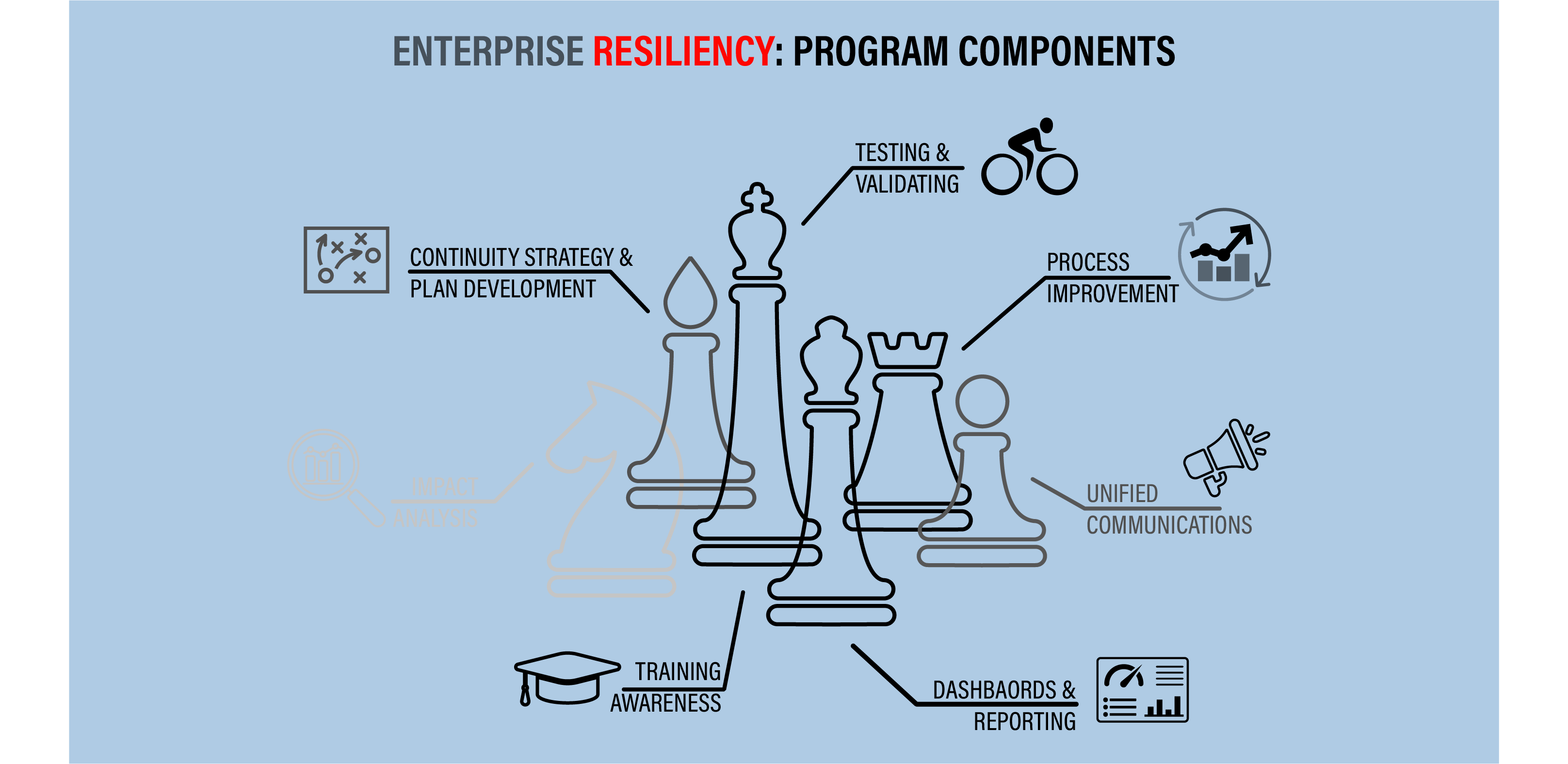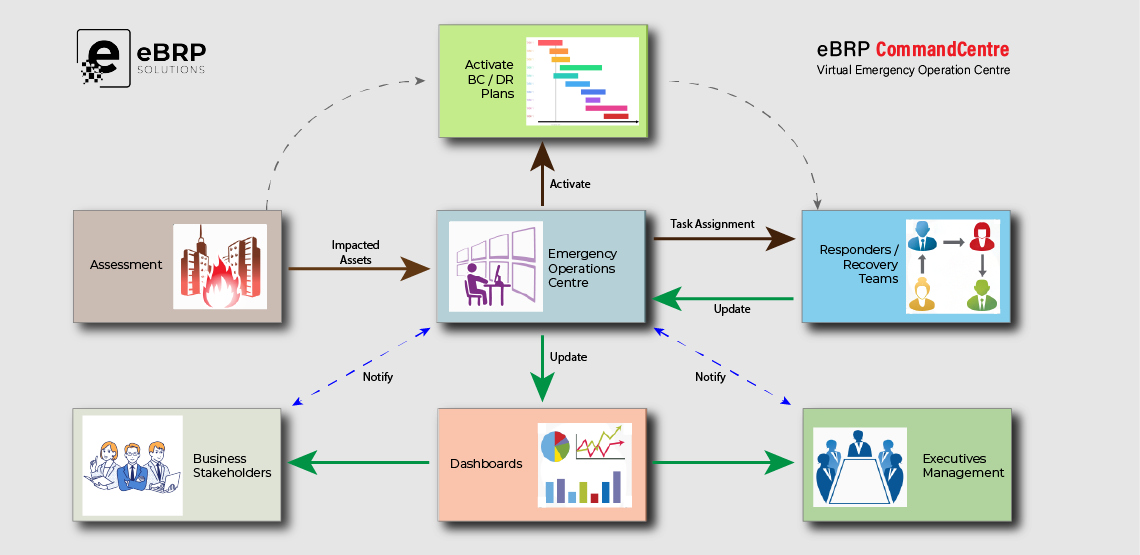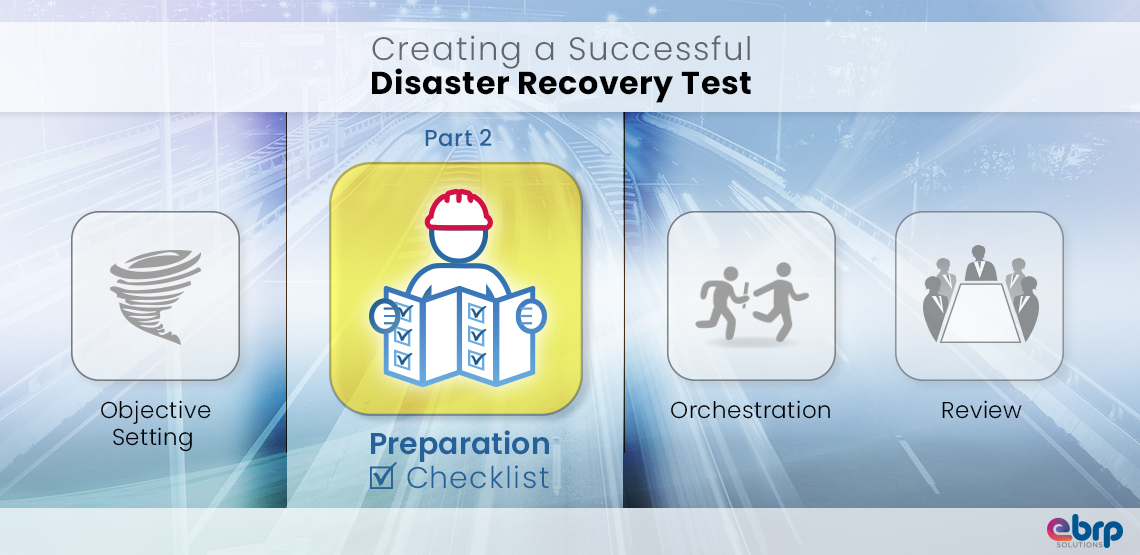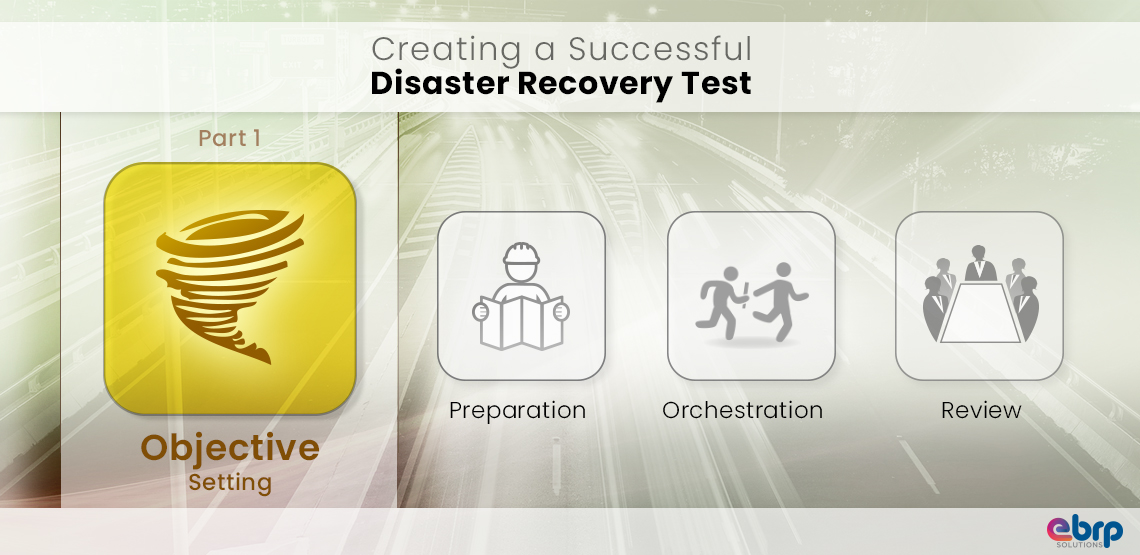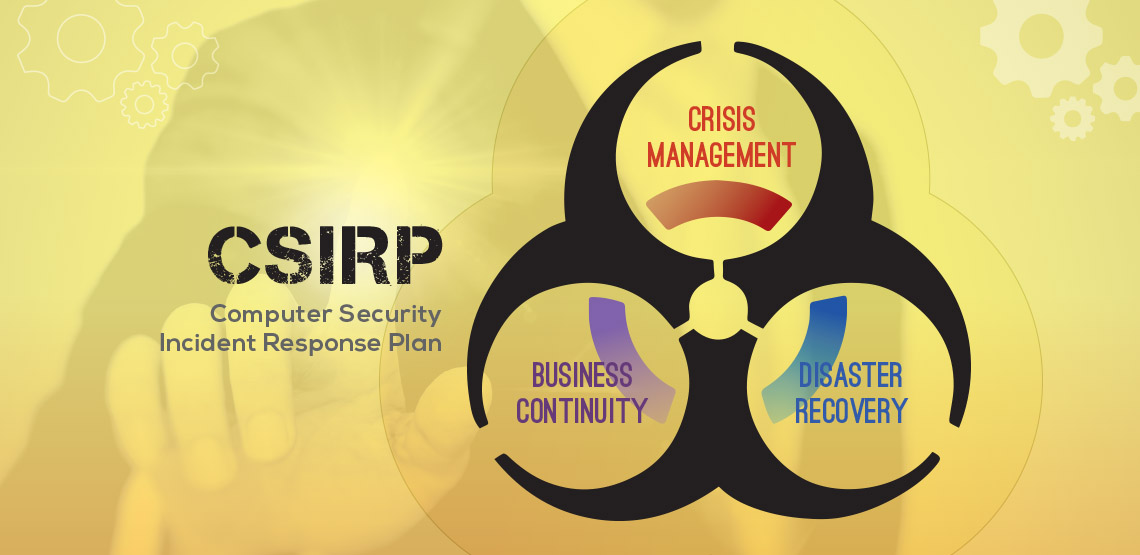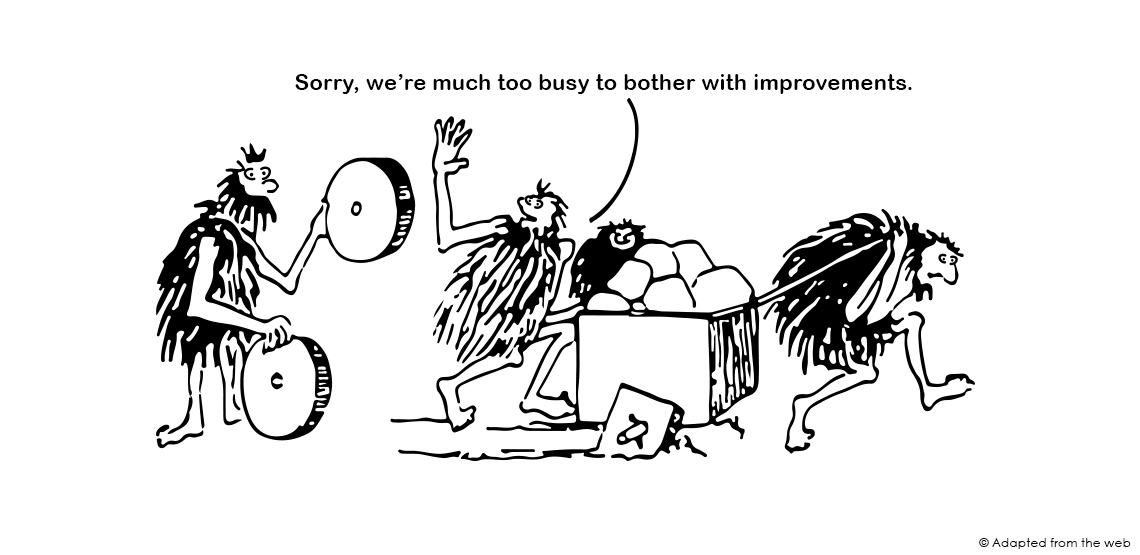This is the final installment of our 5 part blog series exploring the value of an Incident Management Framework within a Business Continuity Management program. This installment – the 4th P – focuses on Program Management:
Building an effective Enterprise-wide Business Continuity program requires much more than BIAs and some Plans. Successful implementation of an Incident Management Framework requires Planning, Plan Development and Preparedness in a structured, repeatable and accessible environment. None of that can be effective without a Program Management structure that makes BCM Managers more efficient:
- With automated Notification processes (for Plan reviews, BIA updates and approvals, exercise schedules and alerts, etc.).
- With automatic updates of underlying data: Employee contacts, Vendors, Facilities and IT CMDB components.
- With the ability to manage diverse time zones, currencies and languages where necessary.
- With Access Controls and Authentication (SSO, ADS, SAML2) that allow authorized users easy access – but protects information from unauthorized uses.
- With Reporting capabilities for management and compliance – gaps, dashboards, maps, program metrics, etc.
Building a successful Incident Management ready BCM Program requires much more than conducting BIAs and writing Plans. The 4 P’s of the Incident Management Framework – Planning, Plan Development, Preparedness and Program Management – can raise your organization’s confidence in its ability to respond to and recover from any disruption

